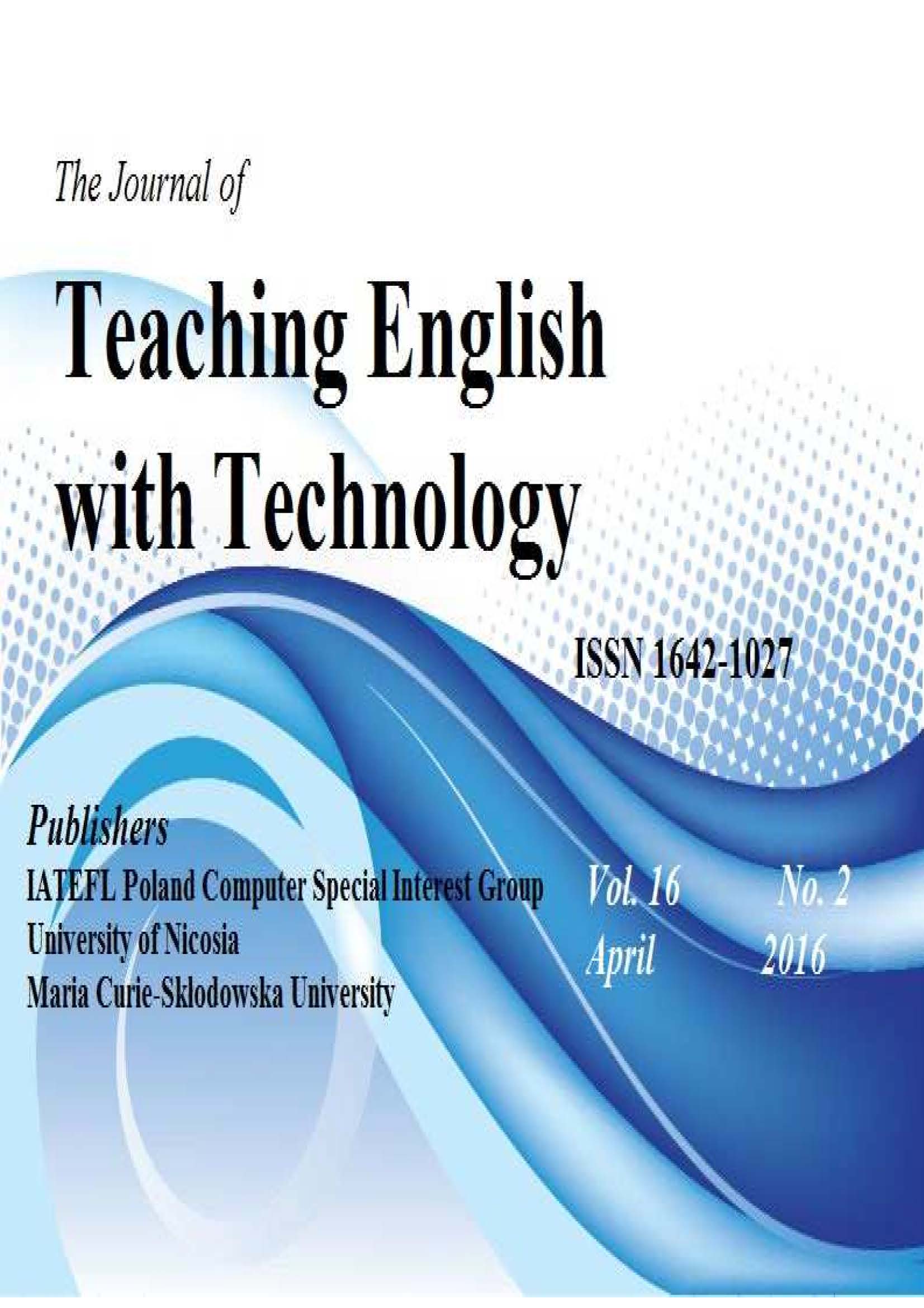WEB-BASED LANGUAGE LEARNING PERCEPTION
AND PERSONALITY CHARACTERISTICS
OF UNIVERSITY STUDENTS
WEB-BASED LANGUAGE LEARNING PERCEPTION
AND PERSONALITY CHARACTERISTICS
OF UNIVERSITY STUDENTS
Author(s): Meisam Mirzaee, Sajjad Gharibeh GharibehSubject(s): Language and Literature Studies, Foreign languages learning
Published by: IATEFL Poland Computer Special Interest Group and The University of Nicosia
Keywords: introvert/extrovert; personality types; web-based language learning
Summary/Abstract: The significance of learners’ personality in language learning/teaching contexts has often been cited in literature but few studies have scrutinized the role it can play in technology-oriented language classes. In modern language teaching/learning contexts, personality differences are important and should be taken into account. This study determined university students’ introvert/extrovert personality types and examined their perception/ attitudes towards web-based language learning. The participants of the study who were selected through purposive sampling were 40 BA students of EFL, 22 female and 18 male. The participants attended blended classes that incorporated use of the Internet (Edublogs). Quantitative data were collected via the Eysenck Personality Questionnaire (EPQ) (1975) and two modified web-based language learning attitude/perception questionnaires (Gilmore, 1998; Slate, Manuel, & Brinson, 2002). Interviews were conducted to reveal insights concerning the advantages/disadvantages of integrating use of the Internet from the participants’ perspectives. T-test analyses did not indicate significant differences in attitudes between extroverts and introverts. Qualitative results indicated most of the participants considered internal, external, and psychological factors associated with the Internet use to be motivating, exciting, and stimulating. The study has implications for teachers and practitioners, particularly in blended, language learning classrooms.
Journal: Teaching English with Technology
- Issue Year: 16/2016
- Issue No: 2
- Page Range: 57-70
- Page Count: 14
- Language: English

